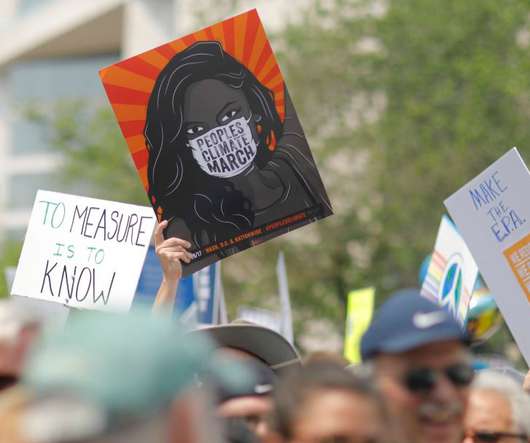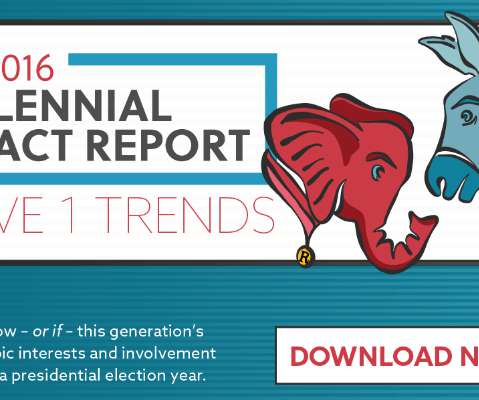Conservation Planners Use Benetech's Miradi Software to Help Save Reefs in Guam
Beneblog: Technology Meets Society
FEBRUARY 20, 2011
Elaina Todd, an environmental planner who develops social marketing campaigns with the nonprofit conservation group Rare, is profiled in our most recent case study for Benetech’s Miradi software. Miradi, is used by nature conservation practitioners around the world to design, manage, monitor and learn from their projects.












Let's personalize your content